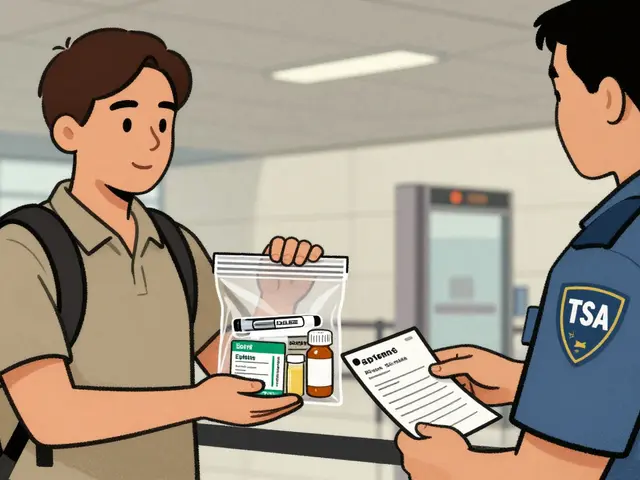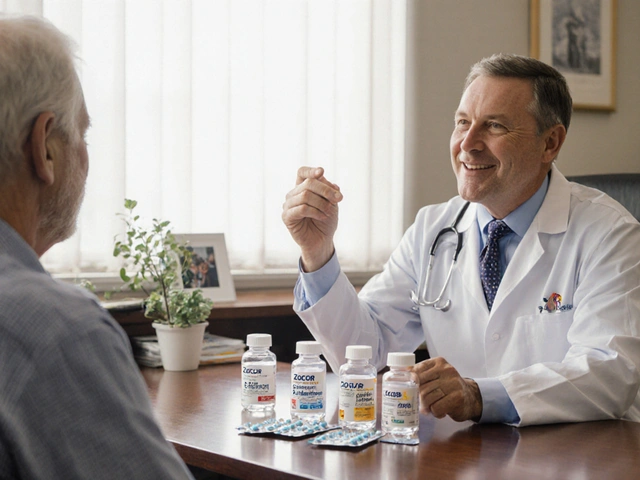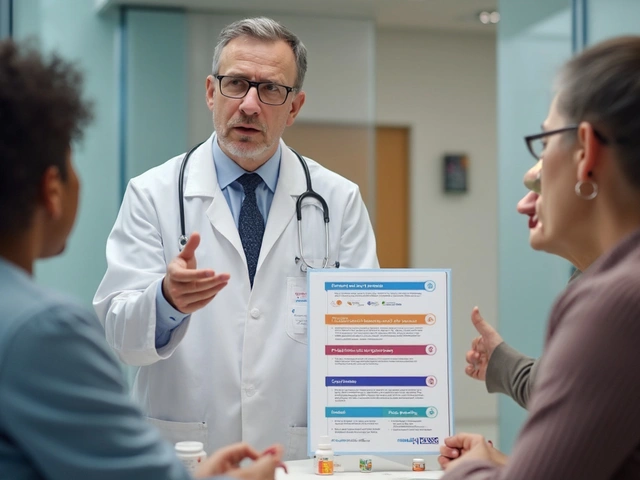Antibiotic Risks: What to Watch For
Antibiotics save lives, but they also carry real risks. Some people think they’re harmless — take one and move on. The truth is more complicated: antibiotics can cause side effects, trigger dangerous reactions, and fuel antibiotic resistance when used improperly. Knowing the common problems and simple precautions helps you get the benefit without the trouble.
Common risks to watch for
Gastrointestinal upset is the most frequent complaint: nausea, vomiting, and diarrhea. If diarrhea is severe or contains blood, contact your doctor — that can be Clostridioides difficile (C. difficile) infection, which needs prompt care.
Allergic reactions range from an itchy rash to life-threatening anaphylaxis. If you get swelling of the face or trouble breathing after starting an antibiotic, call emergency services right away.
Certain antibiotic classes bring specific dangers. Fluoroquinolones (like ciprofloxacin) have been linked to tendon pain and rare ruptures, and are riskier in older adults or with steroid use. Aminoglycosides can damage kidneys and hearing if levels get too high. Macrolides (e.g., erythromycin, clarithromycin) may affect heart rhythm and interact with other drugs. Tetracyclines can make you sunburn faster. These are not every patient’s experience, but worth knowing.
Drug interactions and special situations
Antibiotics can change how other medicines work. For example, some antibiotics increase blood thinner levels and raise bleeding risk. Others can raise statin levels or affect heart rhythm. If you take blood thinners (like warfarin or DOACs), heart drugs, or many common prescriptions, always tell your prescriber and pharmacist before starting an antibiotic.
Pregnancy, breastfeeding, kidney or liver disease change what’s safe. Some antibiotics are avoided in pregnancy or need dose adjustments. If you’ve had past reactions, infections that keep coming back, or take immune-suppressing drugs, discuss safer choices with your clinician.
Antibiotic resistance is a public-health problem. When antibiotics are used too often or inappropriately (for colds, most sore throats, or without a clear infection), bacteria adapt and the drugs stop working. That means future infections can be harder — and more dangerous — to treat.
How to use antibiotics more safely: don’t demand antibiotics for viral illnesses. Let your clinician decide based on exams and tests. Take the drug exactly as prescribed: correct dose, spacing, and duration. Don’t share or save leftovers; leftover pills can be the wrong drug or dose for a new issue.
Talk to your provider about probiotics or ways to ease diarrhea — some people find them helpful during or after antibiotics. Watch for warning signs: high fever, worsening symptoms, severe diarrhea, rash, yellowing skin, new hearing changes, or breathing problems. Any of those mean call your doctor or get urgent care.
Bottom line: antibiotics are powerful tools. Use them when needed, use them wisely, and involve your prescriber in decisions. Small steps—telling your full medication list, reporting side effects fast, and avoiding casual antibiotic use—cut risk and keep treatments effective.

As a blogger, I recently came across the topic of Nitrofurantoin safety during pregnancy and felt the need to share my findings with you all. Nitrofurantoin is an antibiotic commonly prescribed to treat urinary tract infections, which can be a concern for pregnant women. From what I've researched, current evidence suggests that Nitrofurantoin can be safely used during pregnancy, with no increased risk of birth defects or other complications. However, it's important to note that it should be avoided during the last month of pregnancy, as it may impact the baby's red blood cell function. As always, it's crucial to consult with your healthcare provider before taking any medication during pregnancy to ensure the safety of both you and your baby.
Continue Reading





